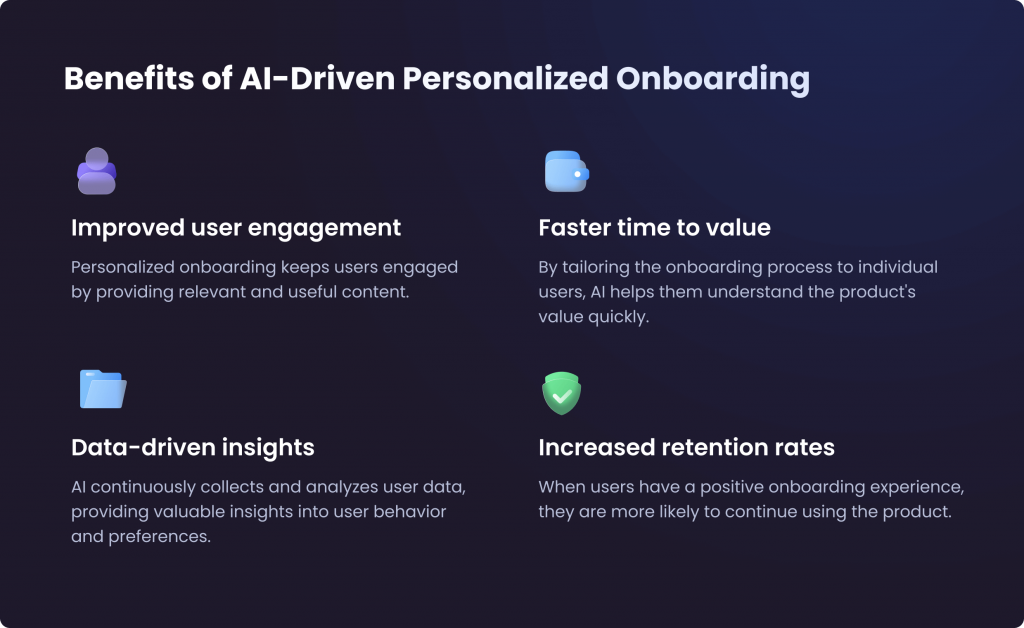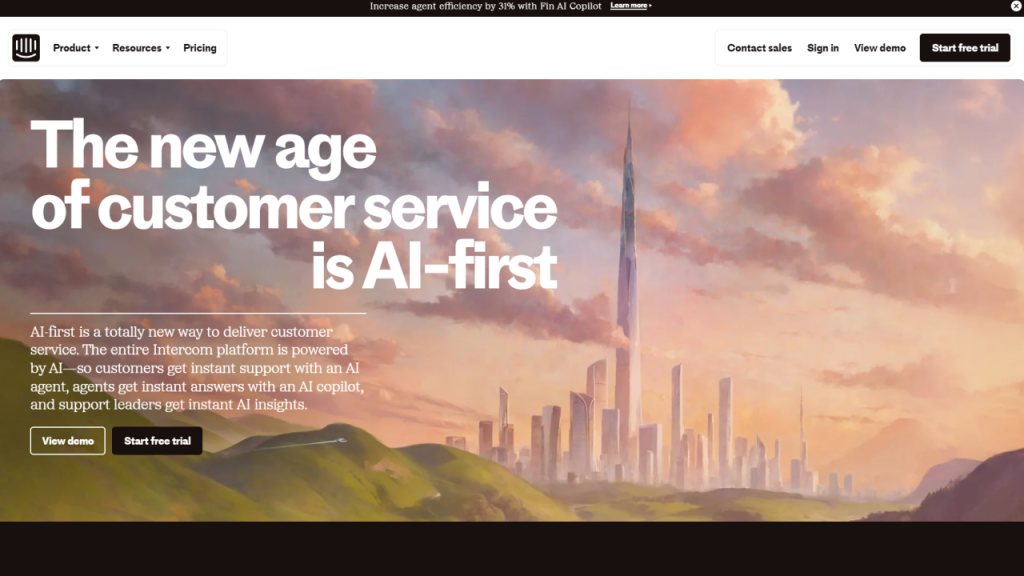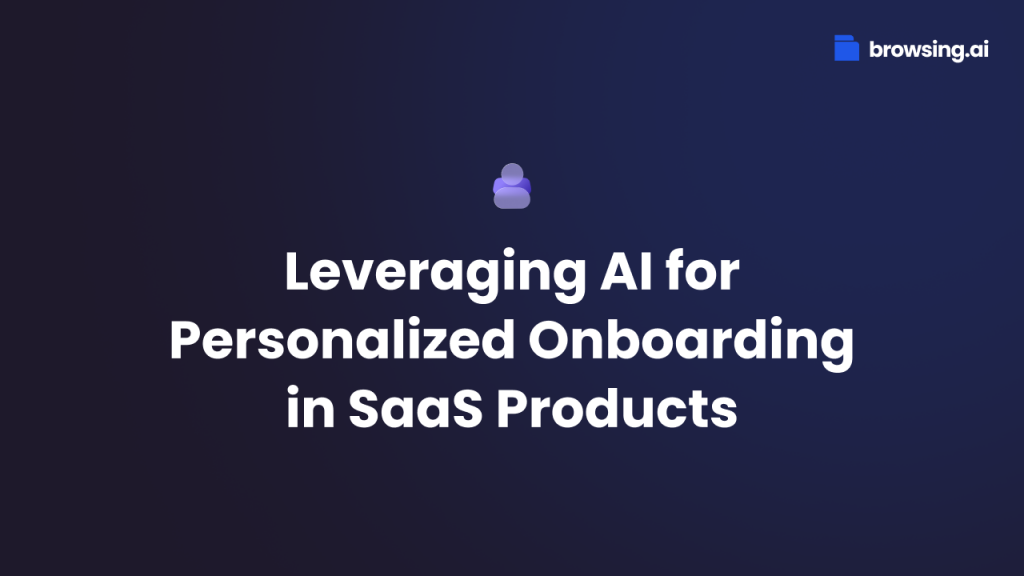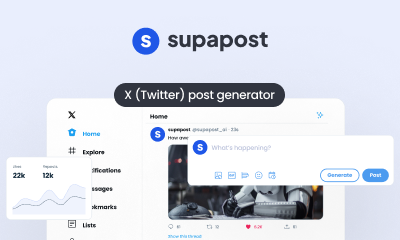The rapid evolution of AI-generated art and design has left many professionals wondering about the future of the industry. In this article, I’ll share my perspective on how AI can be leveraged to create personalized onboarding experiences for SaaS products, address common questions about implementing AI in onboarding, and provide practical advice on maximizing its potential to enhance user engagement and retention.
Understanding Personalized Onboarding
Personalized onboarding tailors the user experience to meet the individual needs, preferences, and behaviors of each user. Instead of a one-size-fits-all approach, personalized onboarding considers various user attributes, such as their role, industry, experience level, and specific use cases. This customization helps users feel more connected to the product and accelerates their journey to becoming proficient and satisfied customers.
Deep Dive into Personalized Onboarding:
- Understanding User Roles: Different users have different roles within an organization, such as administrators, managers, or end-users. Personalized onboarding takes these roles into account, providing relevant features and tools that align with the responsibilities and tasks of each role. For instance, an administrator might need detailed setup instructions, while an end-user might benefit more from tutorials on daily functionalities.
- Industry-Specific Customization: Each industry has unique requirements and workflows. Personalized onboarding recognizes these differences and tailors the experience accordingly. For example, a healthcare SaaS product might focus on compliance and patient data security during onboarding, whereas an e-commerce platform might prioritize product listing and inventory management.
- Experience Level Adaptation: Users come with varying levels of experience with similar products. Personalized onboarding adapts the process based on whether the user is a novice, intermediate, or expert. Novices might receive more foundational training and step-by-step guides, while experts might be directed towards advanced features and integrations.
- Specific Use Cases: SaaS products often cater to multiple use cases. Personalized onboarding identifies the primary use case for each user and tailors the experience to highlight the most relevant features and workflows. For example, a project management tool might offer different onboarding paths for users focused on team collaboration versus those concentrating on resource management.
- Behavioral Insights: By analyzing user behavior, personalized onboarding can dynamically adjust the content and support provided. If a user struggles with a particular feature, the system can offer additional tutorials or direct them to relevant help resources. This proactive approach ensures users receive the assistance they need when they need it, reducing frustration and enhancing satisfaction.
Benefits of AI-Driven Personalized Onboarding

1. Improved User Engagement: Personalized onboarding keeps users engaged by providing relevant and useful content. Users are more likely to stay invested in the product when they feel that their unique needs are being addressed.
2. Faster Time to Value: By tailoring the onboarding process to individual users, AI helps them understand the product’s value quickly. This accelerated learning curve leads to faster adoption and satisfaction.
3. Data-Driven Insights: AI continuously collects and analyzes user data, providing valuable insights into user behavior and preferences. This information can be used to refine and improve the onboarding process over time.
4. Increased Retention Rates: When users have a positive onboarding experience, they are more likely to continue using the product. AI-driven personalization fosters a deeper connection with users, reducing churn rates and increasing long-term retention.
How Intercom uses AI for personalized onboarding

Personalized onboarding is crucial for the success of SaaS products, ensuring that users quickly understand and derive value from the platform. Intercom provides a compelling example of how AI can enhance onboarding by offering personalized and efficient experiences.
- User Segmentation and Profiling: Intercom segments users based on attributes like industry, role, and previous interactions. This segmentation helps create tailored onboarding pathways specific to each user group.
- Behavioral Analytics: By analyzing user interactions, Intercom’s AI provides insights into user behavior and preferences, delivering personalized tips and guidance relevant to each user’s journey.
- AI-Powered Chatbots: Intercom’s Fin AI chatbot offers real-time assistance during onboarding, answering user queries, providing step-by-step tutorials, and making personalized recommendations based on user behavior.
- Dynamic Content Delivery: Intercom ensures users receive content in their preferred format, whether it’s video tutorials, interactive walkthroughs, or written guides, at the right time.
Conclusion
AI has the potential to revolutionize the onboarding process for SaaS products by offering personalized, data-driven experiences. By leveraging AI, SaaS companies can improve user engagement, accelerate time to value, and increase retention rates. As AI technology continues to advance, the possibilities for creating even more tailored and effective onboarding experiences will expand, further solidifying the role of AI in the SaaS industry. Embracing AI-driven personalization in onboarding is not just a competitive advantage—it’s becoming a necessity for success in today’s digital landscape.

